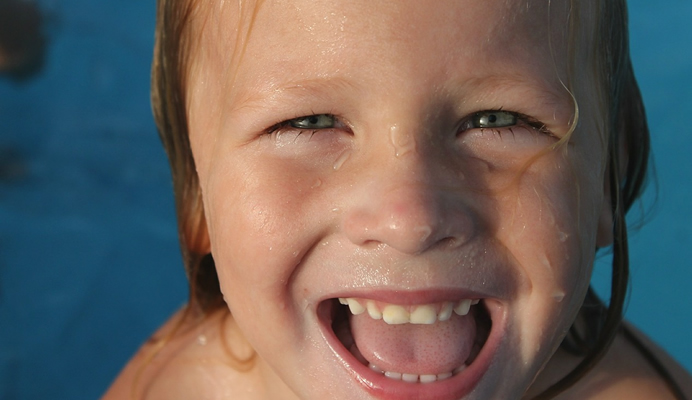What is Considered a 'safe' Temperature?
Modern, thermostat controlled
hot tubs are designed not to exceed a temperature of 40 degrees Celsius. This is designed for the bathers own safety. Most
hot tub users will find bathing more comfortable and relaxing a few degrees lower than the maximum 40°c.
Why is 40°c The Max?
The HSE states that a water temperature of 44°c or higher increases the risk of injury and fatality. Likewise, according to the British and Irish Spa and Hot tub Association (BISHTA) soaking in water exceeding 40°C might increase the likelihood of heatstroke and fatalities. It could also impair the body's natural ability to control its internal temperature. However, despite the risks of water above 40°c, by lowering the temperature even by just a few degrees we start to see risks reduce and benefits increase.
Despite the max hot tub temperature typically being set to 40°c, most hot tub owners find bathing more comfortable between 36°c and 38°c. When it comes to children, elderly persons and those with underlying health issues, the recommended water temperature varies. While children, elderly and even those with health conditions may be used to enjoying a warm bath, it is important to recognise that
hot tubs and baths are not one and the same. This is because the hot tub temperature remains at a constant thanks to the spa heater, whereas baths begin to cool naturally. No matter how good your health is, it is recommended hot tub sessions are kept between fifteen and twenty minutes.
Safer Bathing at Hotter Temperatures
Bathing temperature is a personal preference and what some may find uncomfortable may be perfect for others. The set temperature is up to the users discretion but if you do choose to bathe at the hotter end of the safe range, you may want to use extra caution. Take care to remain properly hydrated before you get in the hot tub as well as during and after your
hot tub session. Notice changes in your body that may indicate its time to get out such as dizziness, a headache or a lightheaded feeling. If you notice you feel any of these symptoms after your hot tub session, it may be a sign to reduce the temperature slightly before you next get in. Even a couple of degrees can make a difference.

